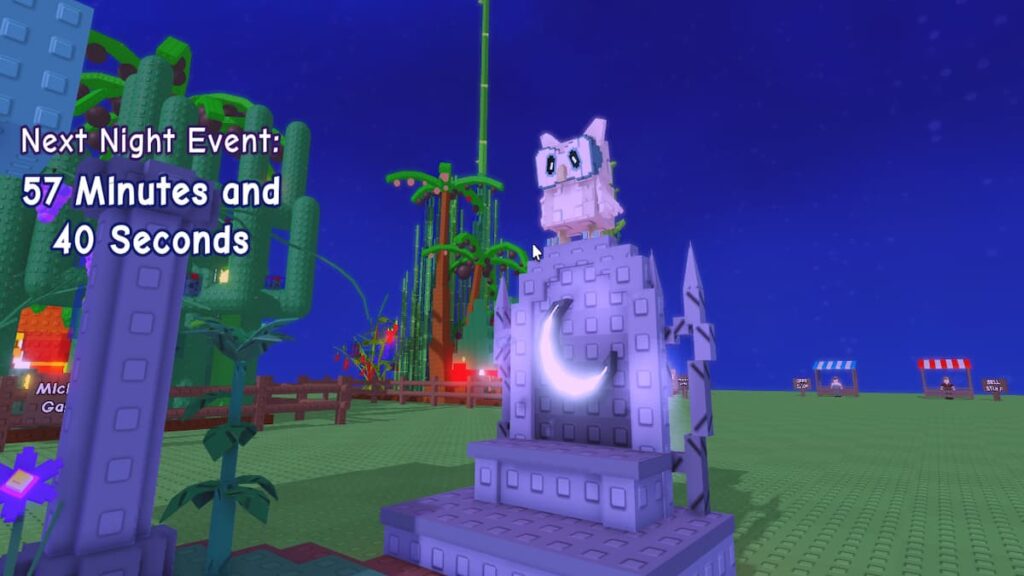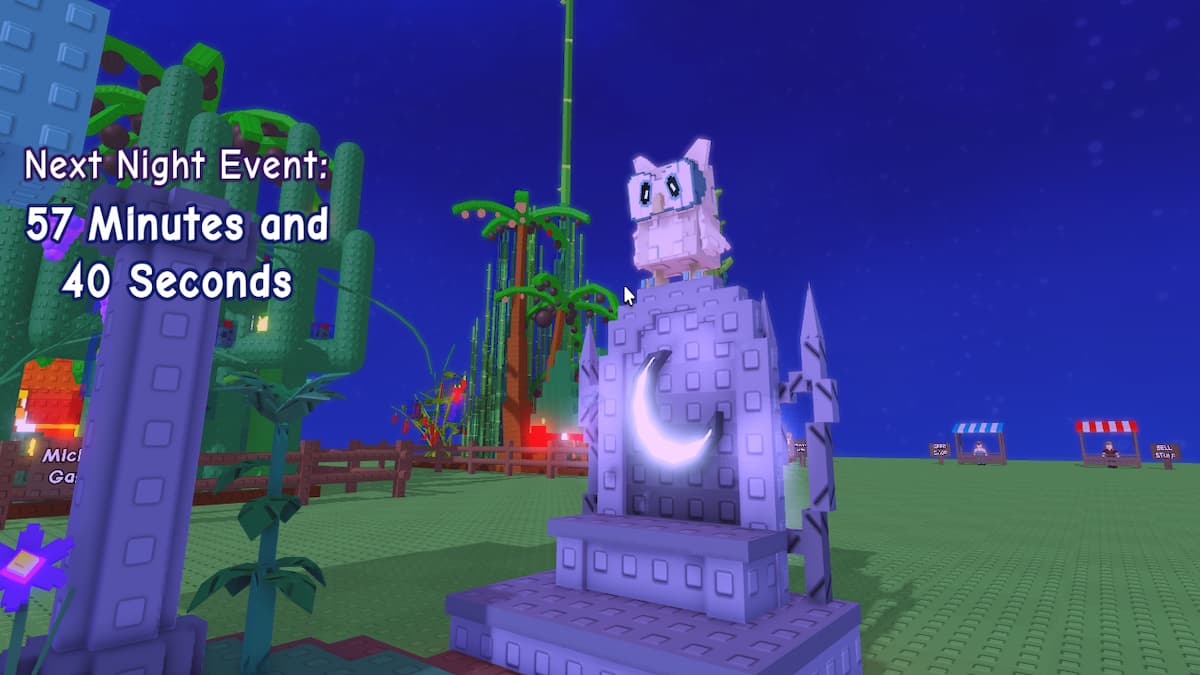
Grow a Garden for Your Moon Cat Pet: A Comprehensive Guide
For pet owners, especially those enchanted by the mysterious allure of cats, creating a harmonious environment that caters to their feline companions is paramount. This article delves into the fascinating intersection of gardening and pet ownership, specifically focusing on how to grow a garden that’s safe, stimulating, and enjoyable for your moon cat pet. We’ll cover everything from selecting the right plants to designing a space that encourages exploration and play, all while ensuring the well-being of your beloved feline friend. The concept of a moon cat pet garden blends practicality with a touch of whimsy, creating a sanctuary where your cat can thrive.
Understanding Your Moon Cat Pet’s Needs
Before diving into the specifics of plant selection and garden design, it’s crucial to understand your cat’s unique needs and behaviors. Cats are natural explorers and hunters, driven by instinct to stalk, pounce, and climb. A garden that caters to these instincts will provide both mental and physical stimulation, leading to a happier and healthier pet. Consider your moon cat pet‘s personality. Is it adventurous and outgoing, or more reserved and cautious? This will influence the types of plants and features you incorporate into your garden.
- Safety First: Research plants thoroughly to ensure they are non-toxic to cats.
- Vertical Space: Incorporate climbing structures such as cat trees or sturdy shrubs.
- Hiding Spots: Provide secluded areas where your cat can feel safe and secure.
- Sensory Stimulation: Include plants with interesting textures and scents.
Choosing the Right Plants for Your Moon Cat Pet Garden
Selecting the right plants is paramount to creating a safe and enjoyable garden for your moon cat pet. Many common garden plants are toxic to cats, so it’s crucial to do your research before planting. Focus on plants that are both aesthetically pleasing and beneficial to your cat’s well-being. When deciding how to grow a garden, pick cat-friendly options.
Safe and Beneficial Plants
- Catnip (Nepeta cataria): A classic choice that most cats adore. It provides a euphoric effect that can encourage playfulness and relaxation.
- Catmint (Nepeta x faassenii): Similar to catnip but less potent, catmint offers a milder calming effect.
- Silvervine (Actinidia polygama): A potent alternative to catnip, silvervine is known to elicit a strong response in many cats.
- Valerian (Valeriana officinalis): While humans may find the scent unpleasant, cats are often drawn to valerian for its calming properties.
- Wheatgrass (Triticum aestivum): A safe and healthy option for cats to nibble on, wheatgrass can help aid digestion and prevent hairballs.
- Lemon Balm (Melissa officinalis): This plant has a calming effect and can help to attract beneficial insects to your garden.
Plants to Avoid
Certain plants are highly toxic to cats and should be strictly avoided in your moon cat pet garden. These include:
- Lilies (Lilium spp.)
- Azaleas and Rhododendrons (Rhododendron spp.)
- Tulips and Daffodils (Tulipa and Narcissus spp.)
- Oleander (Nerium oleander)
- Sago Palm (Cycas revoluta)
Always double-check the toxicity of any plant before introducing it to your garden. The ASPCA website provides a comprehensive list of toxic and non-toxic plants for pets. When you grow a garden, knowledge of toxicity is very important.
Designing Your Moon Cat Pet-Friendly Garden
Creating a cat-friendly garden involves more than just selecting the right plants. It’s about designing a space that caters to your cat’s natural instincts and provides opportunities for exploration, play, and relaxation. Here are some key design considerations:
Creating a Safe and Secure Environment
The first priority is to ensure that your garden is safe and secure for your moon cat pet. This means creating a barrier to prevent your cat from escaping and protecting them from potential hazards.
- Fencing: Install a fence that is tall enough to prevent your cat from jumping over it. Consider adding an overhang or angled section to further deter escape attempts.
- Netting: Use netting to enclose areas that are particularly vulnerable, such as vegetable gardens or ponds.
- Hidden Dangers: Remove any potential hazards, such as sharp objects, pesticides, and herbicides.
Providing Vertical Space and Climbing Opportunities
Cats love to climb, so incorporating vertical space into your garden is essential. This can be achieved through a variety of means:
- Cat Trees: Place cat trees in strategic locations throughout the garden to provide climbing and perching opportunities.
- Sturdy Shrubs: Choose shrubs that are strong enough to support your cat’s weight and provide a natural climbing surface.
- Shelves and Platforms: Install shelves or platforms on fences or walls to create additional climbing space.
Creating Hiding Spots and Quiet Retreats
Cats also need places where they can retreat and feel safe and secure. Provide plenty of hiding spots throughout the garden:
- Dense Shrubs: Plant dense shrubs that offer a secluded and sheltered area.
- Tunnels and Caves: Create tunnels or caves using natural materials such as rocks or logs.
- Covered Beds: Provide covered beds or shelters where your cat can rest and relax.
Incorporating Sensory Stimulation
Stimulate your cat’s senses by incorporating plants with interesting textures, scents, and sounds:
- Textural Plants: Choose plants with a variety of textures, such as soft grasses, fuzzy leaves, and prickly stems.
- Aromatic Plants: Plant aromatic herbs such as lavender, rosemary, and thyme to create a fragrant and stimulating environment.
- Water Features: A small water feature, such as a bird bath or fountain, can provide visual and auditory stimulation. However, ensure the water is shallow and easily accessible to prevent drowning.
Maintaining Your Moon Cat Pet Garden
Once your moon cat pet garden is established, it’s important to maintain it properly to ensure its safety and longevity. Regular maintenance tasks include:
- Watering: Water plants regularly, especially during dry periods.
- Weeding: Remove weeds to prevent them from competing with your plants.
- Pruning: Prune plants to maintain their shape and health.
- Fertilizing: Fertilize plants as needed to promote healthy growth. Use pet-safe fertilizers.
- Pest Control: Control pests using pet-safe methods. Avoid using pesticides or herbicides that could harm your cat.
- Monitoring: Regularly monitor your garden for any signs of damage or disease.
The Benefits of a Moon Cat Pet Garden
Creating a garden for your moon cat pet offers a multitude of benefits for both you and your feline companion. These benefits include:
- Increased Physical Activity: A garden provides opportunities for your cat to exercise and stay active.
- Mental Stimulation: Exploring and interacting with the garden environment provides mental stimulation and prevents boredom.
- Reduced Stress and Anxiety: A calming and enriching environment can help reduce stress and anxiety in cats.
- Improved Health and Well-being: Regular exercise and mental stimulation can contribute to improved overall health and well-being.
- Enhanced Bond: Spending time in the garden with your cat can strengthen your bond and create lasting memories.
By carefully selecting plants, designing a safe and stimulating environment, and maintaining your garden properly, you can create a haven where your moon cat pet can thrive. Embrace the opportunity to grow a garden that caters to your cat’s unique needs and enhances their quality of life. [See also: Creating a Safe Outdoor Space for Your Cat] Your moon cat pet will thank you for it! Remember to always prioritize your cat’s safety and well-being when making decisions about your garden. Enjoy the process of creating a beautiful and functional space that both you and your feline friend can enjoy.

